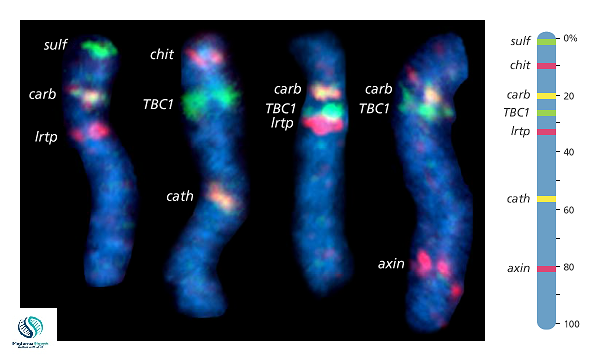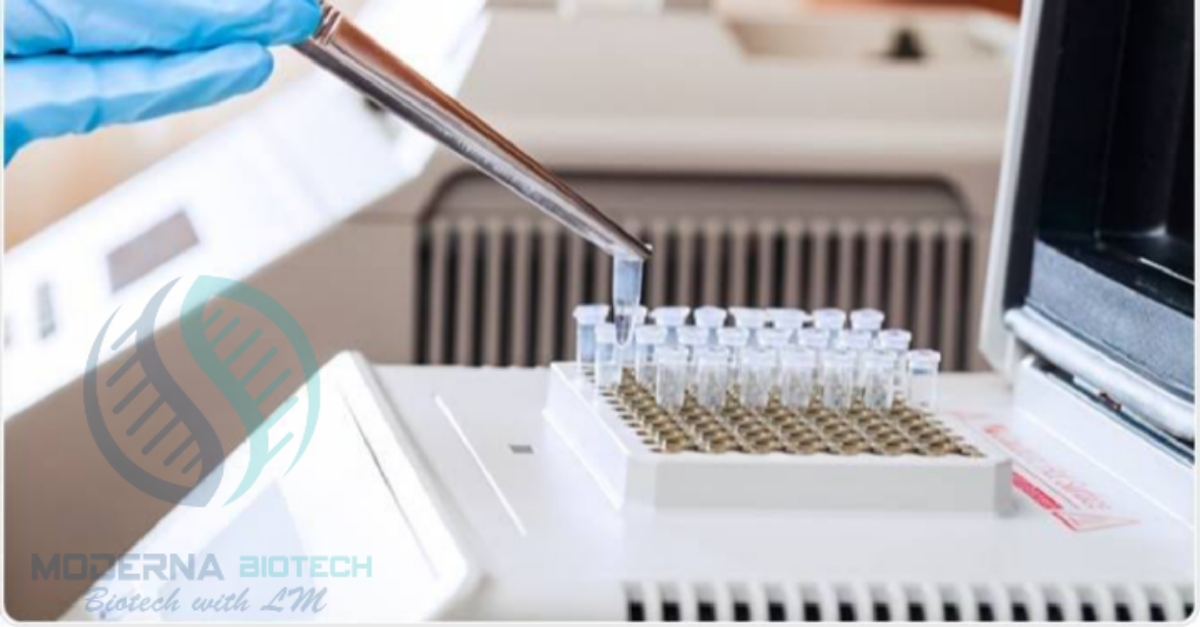Resequencing vs De Novo Assembly – Key Differences in Genomic Analysis

Resequencing and de novo sequencing are the types of genome assembly. Genome assembly is defined as the method where large numbers of short sequences of DNA are taken and put back to make an original representation of chromosomes from which DNA originated (Resequencing vs de novo assembly).
Table of Contents
Resequencing vs de novo assembly
Resequencing
- If there is the sequencing of some parts of the genome of an individual with the purpose of detecting differences in sequencing b/w standard genome of the species and individual genome of species then this process is known as resequencing.
- Resequencing of genomic regions of interest or resequencing of candidate genes is an important step. It is important for detecting mutations that are associated with numerous congenital diseases.
- The technique of Resequencing could be separated into those which tests for any mutations in the target region and those which scan for identified mutations.
- The technique of Resequencing is usually implemented when a sequence of the reference genome is accessible. The reads of sequencing are then united back to the reference for determining the location in the genome.
- This technique is usually applied for detecting variants their derivatives. The variants include SNPs, small deletions/insertions as well as copy number variations.
- Resequencing is done when the genome of an organism is sequenced. And assembly is performed by taking the reference genome of an organism as a template. For instance, in the case of humans, this will be the genome produced by HGP or the human genome project.
- The main reason for performing resequencing is to link different b/w genomes of the same species.
Advantages of Resequencing
- If there is targeted resequencing, then it permits sequencing of higher sensitivity and deep sequencing. Of all the next-generation sequencing methods, the targeted resequencing offers a quick and effective substitute for single-gene testing.
- Conversely, the most effective feature of targeted resequencing is its ability to sequence required genes of interest at higher coverage levels as compared to other NGS methods like Sanger sequencing and WGS.
- This technique gives quicker improvements for clinical translation studies as well as for clinical research that are not only precise but cost-effective and quick.
- The tests must be precise. Because they could lead to the development of risk stratification, divergent diagnosis as well as drug treatments. Here speed is also an important factor when considering clinical models for translational research.
De novo sequencing
- Literary, de novo means starting from the beginning. When the complete genome of an organism is assembled and sequenced for the 1st time in the absence of a reference genome, this is called de novo sequencing.
- For example, if we consider the genome as a jigsaw puzzle having fixed dimensions. We could imagine that smaller the pieces are, it is quite hard for one to complete the puzzle. It is applied the same when we do sequencing for the very 1st time.
- In the assembly of the genome, a combination of small and lengthy pieces of DNA is sequenced to cover the genome as much as possible to minimize the risk of the presence of any gaps in the final sequence.
- De novo assembly and sequencing is mainly used for those organisms where there is no reference genome or having a poor quality genome
- Genomes that are needed to be sequenced firstly must be assembled through de novo sequencing. This is then be used for further analysis.
- This type of sequencing is actually the sequencing of a novel genome where there is the absence of a reference sequence. The reads of sequence are usually assembled as contigs and the quality of coverage of de novo sequence information relies on the continuity and size of contigs (The contigs could be defined as the number of gaps in the data).

Advantages of De Novo Sequencing
- The De Novo sequencing technique makes perfect reference sequences even for polyploidy or complex genomes.
- This type of sequencing gives valuable data for genome mapping of finishing genomes of identified organisms or for novel organisms.
- The technique elucidates repetitive or similar regions for precise de novo assembly
- This sequencing methodology recognizes complex rearrangements as well as structural variants for example inversions, deletions, or translocations.
- Identifies structural variants and complex rearrangements, such as deletions, inversions, or translocations
Resequencing vs de novo assembly
Resequencing and de novo assembly are two distinct approaches used in genomics, particularly in DNA sequencing and genome analysis. Here’s a brief comparison of the two:
Purpose
- Resequencing: This approach is used when you have a reference genome available, and your goal is to identify variations (such as single nucleotide polymorphisms or SNPs) in the DNA sequences of individuals or samples compared to the reference.
- De Novo Assembly: De novo assembly is employed when there is no existing reference genome, and the objective is to reconstruct the complete genome sequence from scratch.
- Data Requirements:
- Resequencing: Requires a high-quality reference genome for alignment and comparison. Typically generates shorter reads.
- De Novo Assembly: Doesn’t rely on a reference genome. Generates longer reads, which can be more challenging to assemble.
Computational Complexity
- Resequencing: Generally computationally less intensive since it involves aligning reads to a known reference.
- De Novo Assembly: More computationally demanding because it involves piecing together reads to construct a novel genome.
Applications
- Resequencing: Commonly used in population genetics, studying genetic variations, and identifying disease-related mutations.
- De Novo Assembly: Applied when studying novel or non-model organisms, uncovering structural variations, or in cases where a reference genome is not available.
Accuracy
- Resequencing: Higher accuracy since it aligns reads to a known reference. Variations are detected with confidence.
- De Novo Assembly: Accuracy depends on read length, coverage depth, and the complexity of the genome. It may contain errors, especially in repetitive regions.
Cost
- Resequencing: Often more cost-effective because it requires fewer sequencing resources and computational power.
- De Novo Assembly: Can be more expensive due to the need for deeper sequencing coverage and substantial computational resources.
Challenges
- Resequencing: Limited in detecting structural variations and novel sequences.
- De Novo Assembly: Faces challenges in repetitive regions and complex genomes.
In summary, the choice between resequencing and de novo assembly depends on your specific research goals, the availability of a reference genome, and your available resources. Resequencing is suitable for variant analysis in well-characterized genomes, while de novo assembly is essential when studying novel or complex genomes.



